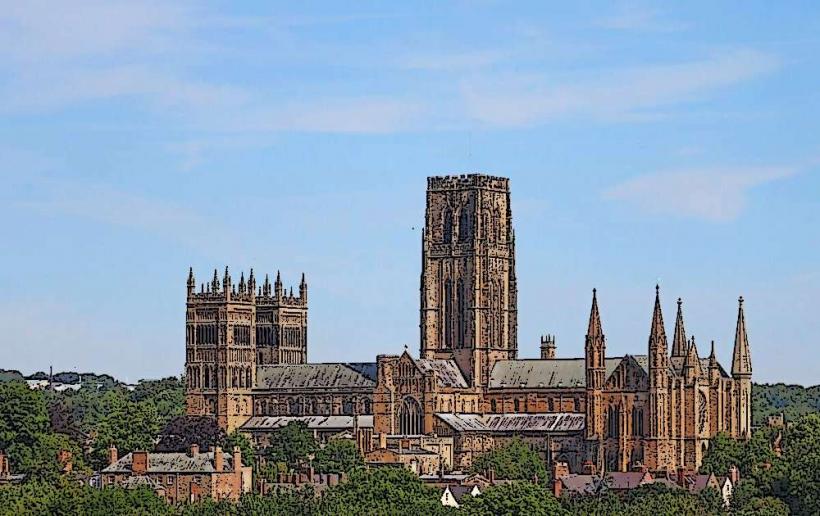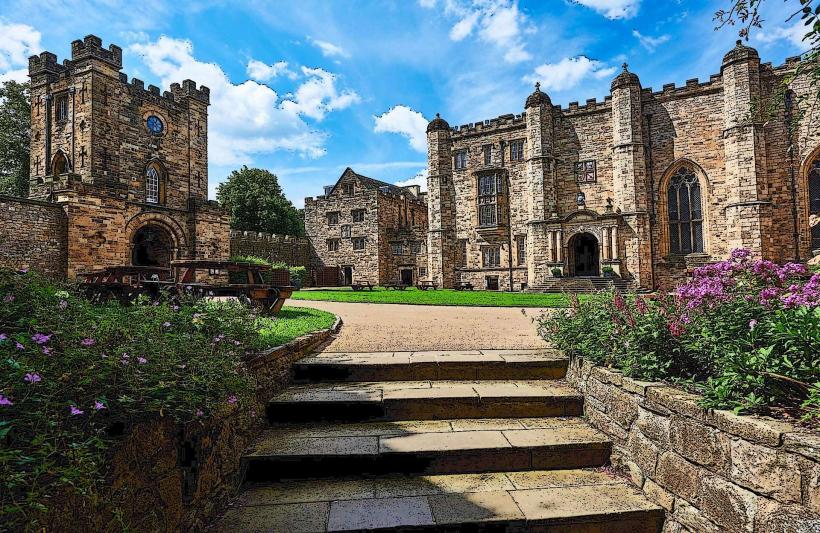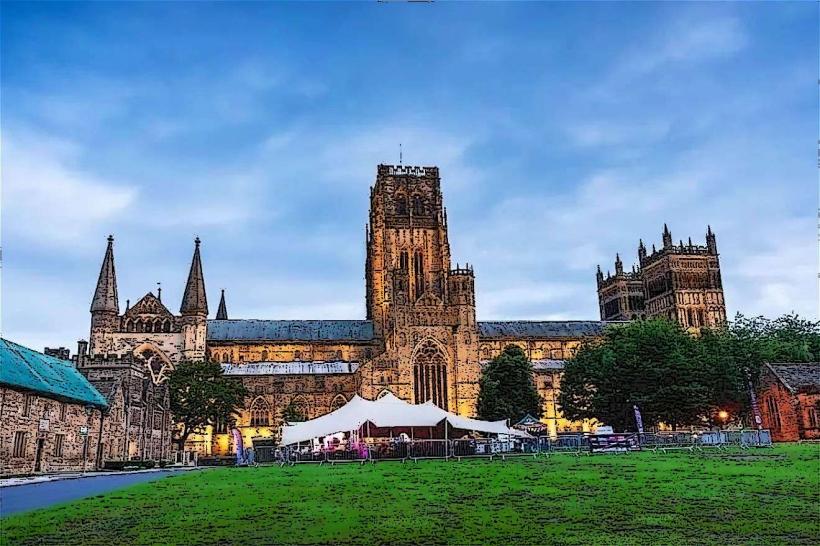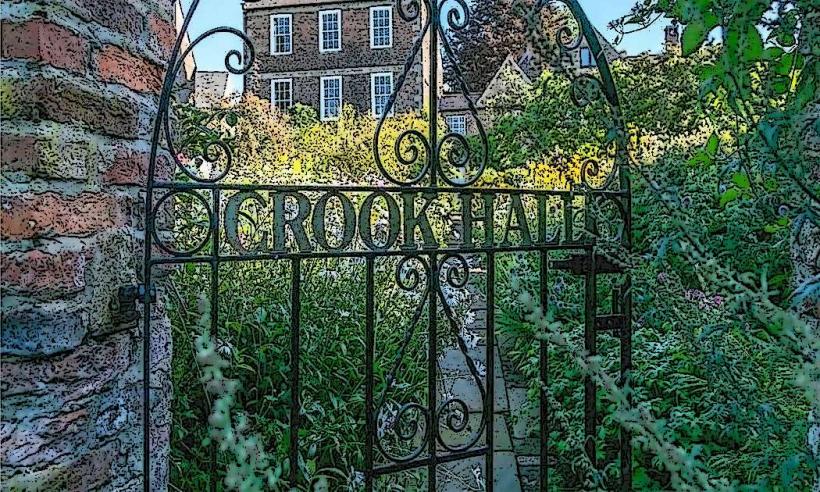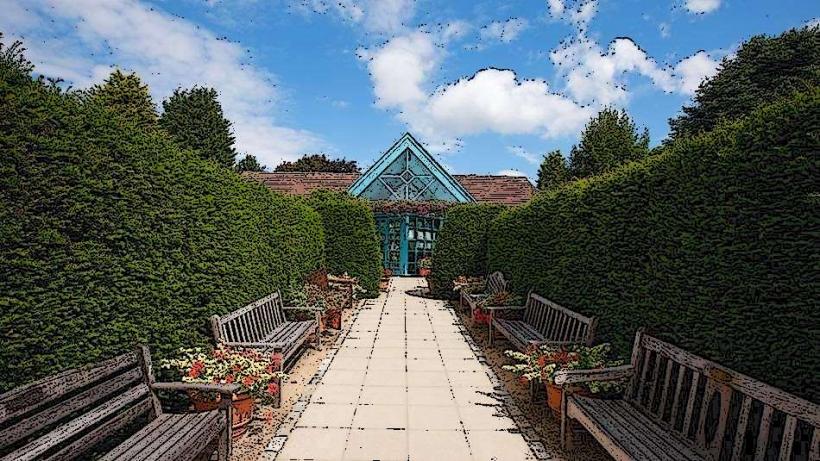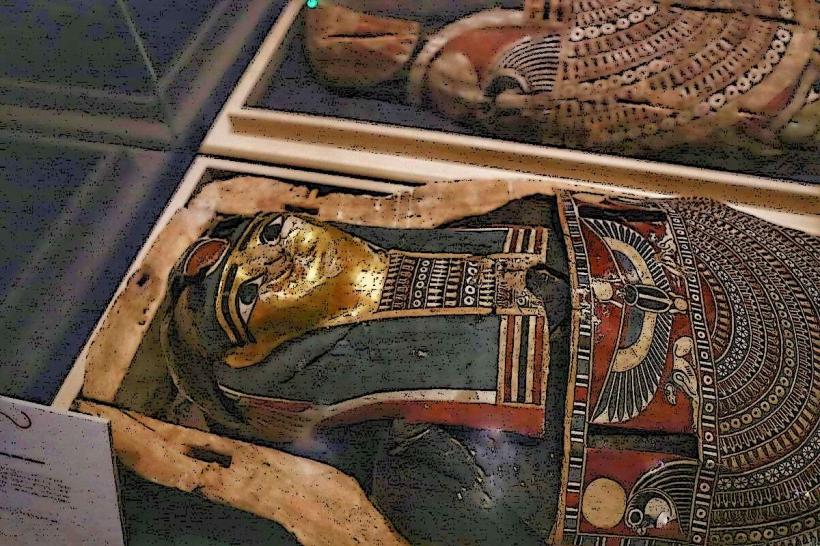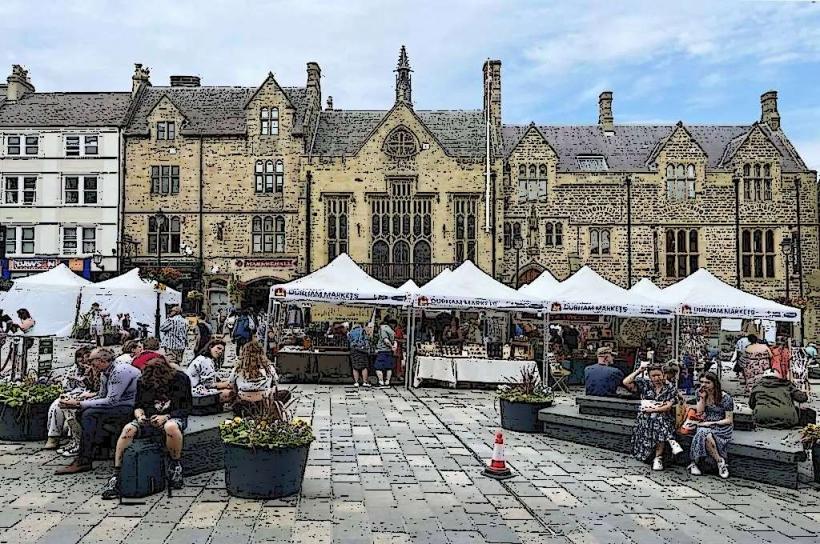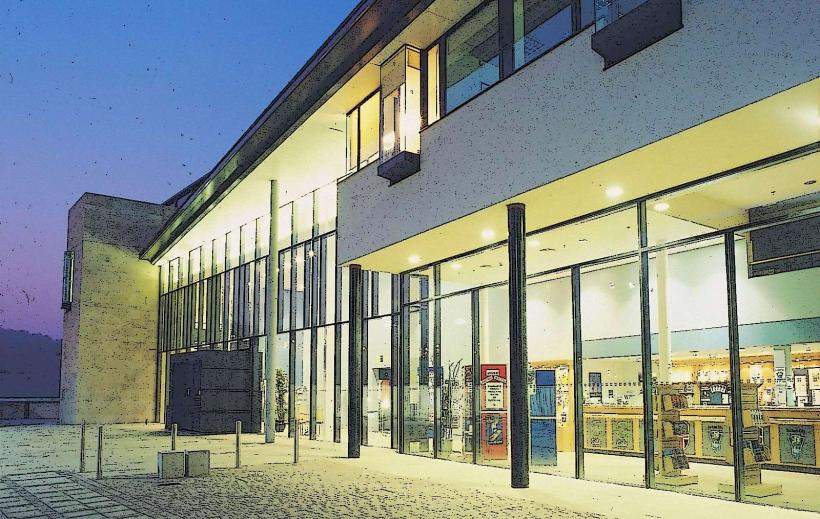Information
City: DurhamCountry: United Kingdom
Continent: Europe
Durham is a historic city in the northeast of England, known for its stunning architecture, rich heritage, and beautiful landscapes. It serves as the county town of County Durham and is located along the River Wear. Durham is a compact, picturesque city that has become famous for its university, medieval landmarks, and vibrant cultural scene.
1. Geography and Location
- Location: Durham is situated in the northeast of England, about 15 miles (24 km) south of Newcastle and approximately 260 miles (420 km) north of London.
- Climate: Durham has a temperate maritime climate, with mild winters and cool summers. The city tends to experience rainfall throughout the year, though it is relatively sheltered from severe weather conditions due to its inland position.
2. History
- Early History: Durham's origins date back to Roman times when it was part of the province of Britannia. The area was a significant religious and cultural center during the early medieval period, with the construction of churches and monasteries.
- Norman Influence: In the 11th century, Durham gained prominence as a key center of the Anglo-Saxon church. The Normans built Durham Castle as a fortification and royal residence, which later became part of the city's university.
- Religious Significance: Durham became the seat of the Prince Bishops of Durham, who wielded both spiritual and temporal power. The city’s Durham Cathedral and Durham Castle were central to this religious influence and played a significant role in the history of Christianity in England.
- Modern Durham: In the 19th and 20th centuries, Durham developed as an industrial city, with coal mining and steel production being key drivers of its economy. The establishment of Durham University in 1832 helped to further elevate the city’s status, and today, Durham is known for its academic excellence and thriving cultural scene.
3. Landmarks and Attractions
Durham is home to several notable historical and cultural landmarks, many of which are UNESCO World Heritage sites.
- Durham Cathedral: One of the finest examples of Norman architecture in Europe, Durham Cathedral is famous for its Romanesque design and stunning Romanesque-style arches. It was completed in 1133 and stands as a symbol of both the city's religious and historical importance. The cathedral is a UNESCO World Heritage site and attracts thousands of visitors each year.
- Durham Castle: Originally built by the Normans in the 11th century, Durham Castle is a magnificent fortress overlooking the city. It was the residence of the Prince Bishops of Durham for centuries, and today, it is part of Durham University. The castle offers tours that delve into its history, including its role as a military stronghold and its transformation into a college for the university.
- The River Wear and the City Banks: The River Wear that flows through Durham is integral to the city's charm, providing picturesque views of the cathedral, castle, and surrounding landscape. Visitors can walk along the riverbanks or take a boat trip, enjoying views of the city's architecture and greenery.
- Palace Green: This historic area sits between the cathedral and the castle and is the heart of Durham's medieval heritage. It is home to several key institutions, including Durham University and Durham University Library.
- Crook Hall and Gardens: A historic Grade I-listed building set within stunning gardens, Crook Hall dates back to the 13th century and offers a glimpse into Durham's past. The hall is surrounded by tranquil gardens, providing a peaceful escape from the city’s hustle and bustle.
- The Durham Light Infantry Museum: Dedicated to the history of the Durham Light Infantry, this museum explores the role of the regiment in both world wars and other key military campaigns. The museum displays uniforms, medals, and other memorabilia related to the regiment.
- The Oriental Museum: Located at Durham University, this museum is dedicated to showcasing collections from East Asia, including China, Japan, and the Indian subcontinent. It holds a variety of ancient artifacts, art, and cultural items.
- Botanic Garden: Located on the outskirts of Durham, the Botanic Garden is part of Durham University and features a diverse collection of plants, including native species, tropical plants, and an impressive winter garden.
- Durham Market Place: The heart of Durham’s shopping district, this area features a mix of independent shops, cafes, and historic buildings. It is also the location for a weekly market that offers local produce, crafts, and food.
4. Culture and Arts
Durham has a rich cultural life, with festivals, galleries, and a growing arts scene.
- Durham University: As one of the UK's leading academic institutions, Durham University contributes greatly to the city’s cultural and intellectual life. The university hosts various cultural events, including the Durham Book Festival, the Durham International Festival of Theatre, and Durham Science Festival.
- Durham Gala Theatre: A key cultural venue, the Gala Theatre is the city’s primary location for theater, live music, and other performance arts. The theater hosts a range of productions, including classical plays, contemporary dramas, and musical performances.
- Durham Book Festival: Held annually in Durham, the Durham Book Festival is one of the UK’s leading literary events, attracting authors, poets, and book lovers from across the country.
- Durham Brass Festival: An annual event, the Durham Brass Festival celebrates brass music through concerts, workshops, and performances from world-class brass musicians.
- Durham Miner’s Gala: A historic annual event, the Miner’s Gala is a celebration of Durham’s coal mining history and its labor movements. The festival features parades, brass band performances, and other events, drawing visitors from around the region.
5. Shopping and Dining
- Durham Market Place: As mentioned, Durham’s Market Place is a popular shopping area with a mix of high street stores and independent retailers. It is the perfect place for picking up unique gifts, clothing, and local products.
- The Streets Around the Market: The streets surrounding Durham Market are home to a wide variety of cafes, restaurants, and boutiques. Many offer local cuisine and regional specialties, including traditional British fare and contemporary dining options.
- Wharton Park: While not a shopping area, Wharton Park offers a delightful spot for outdoor recreation with stunning views over Durham City. It is an ideal place for a relaxing afternoon away from the city center.
- Durham City Centre: With a variety of cafes, restaurants, and pubs, Durham has a thriving food scene. Many eateries emphasize locally sourced ingredients, with options ranging from fine dining to casual meals and traditional English pubs.
6. Economy
- Education: As a university town, Durham University is a major economic driver, contributing to the city's educational, research, and cultural industries. The university also draws thousands of students and academics to the city each year.
- Tourism: Durham’s medieval landmarks and cultural heritage make it a popular tourist destination. Visitors come to explore its historic buildings, attend festivals, and enjoy the scenic views of the River Wear and surrounding landscapes.
- Retail: The city also has a thriving retail sector, with an abundance of independent shops, cafes, and markets. The local economy benefits from both tourism and residents.
7. Transport
- Durham Railway Station: Durham’s railway station connects the city to major cities in the UK, including Newcastle, London, and Edinburgh. The station is a hub for regional and long-distance train services.
- Bus Services: Durham has a comprehensive local bus network, providing easy access to other parts of County Durham and beyond.
- Walking and Cycling: The city is compact and walkable, making it easy to explore on foot. Additionally, Durham has a network of cycling paths for those wishing to explore the surrounding countryside by bike.
- Durham Tees Valley Airport: Located about 20 miles (32 km) from Durham, Durham Tees Valley Airport serves regional flights within the UK and Europe.
8. Conclusion
Durham is a charming and historically rich city, blending medieval architecture, a thriving academic environment, and a lively cultural scene. Whether you are exploring its cathedral, taking in the views from the castle, or enjoying its vibrant festivals and arts events, Durham offers something for every visitor. It is a city steeped in history, with a modern outlook and a warm, welcoming atmosphere.

